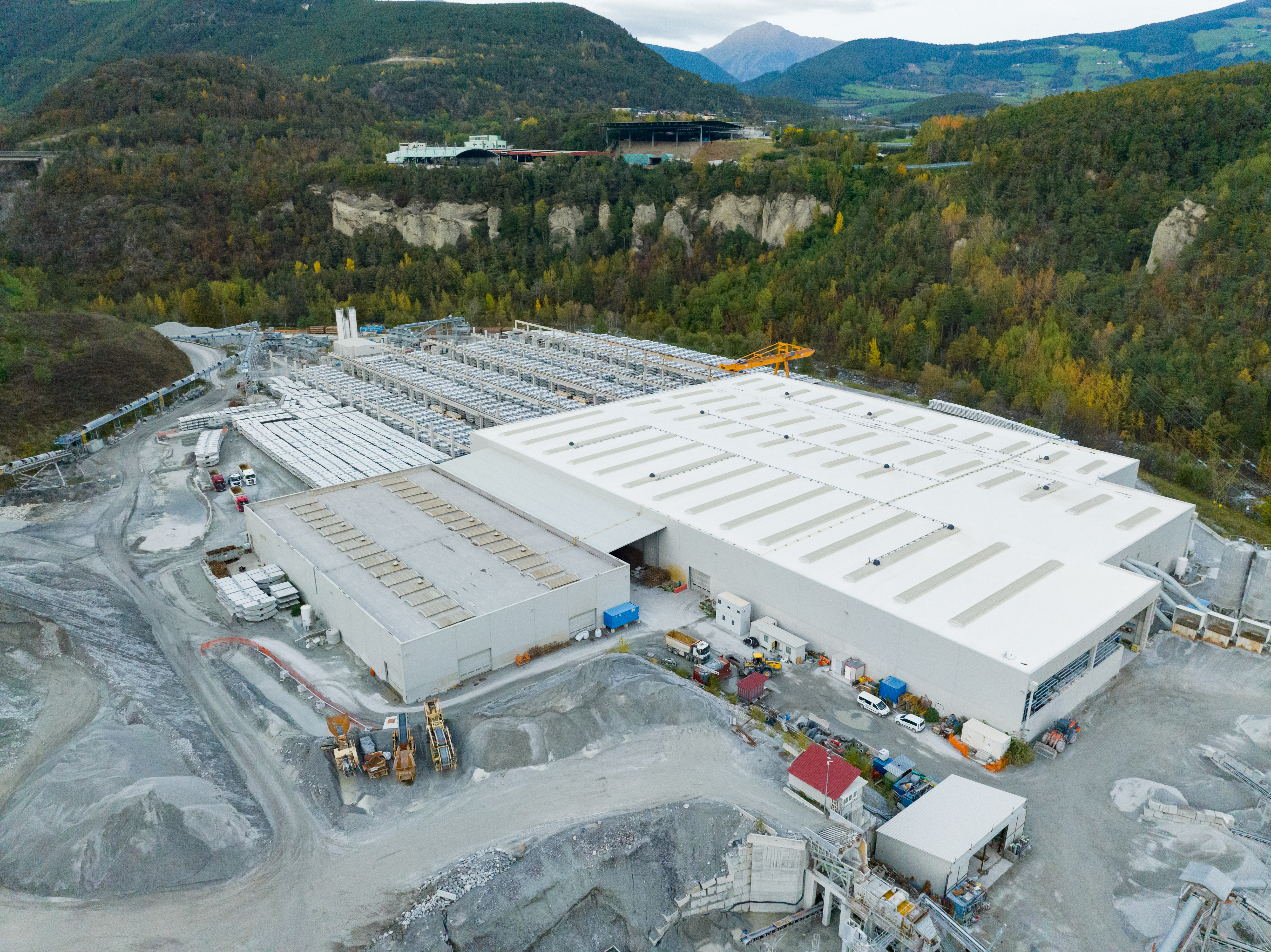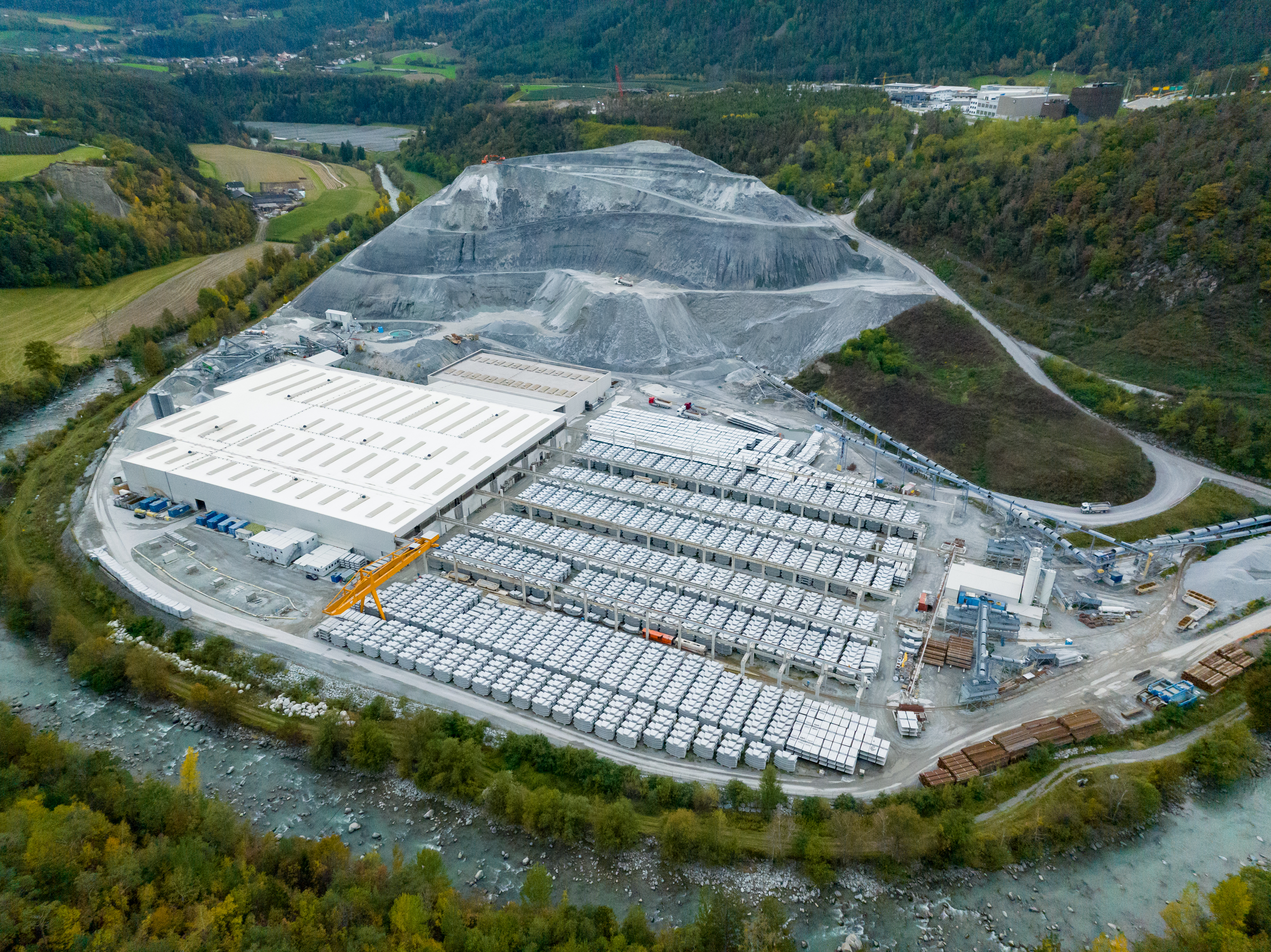Lining segment production for the Brenner Base Tunnel is ending at the Isocell factory in Hinterrigger
27/11/2024 - 14:31
The factory just outside Brixen has produced almost 26,000 rings and more than 38,000 base segments for the stretches of the main tunnels and the exploratory tunnel for the Mules 2-3 lot of the Brenner Base Tunnel. And now production work continues, serving the Fortezza-Ponte Gardena section of the southern access route to the future longest railway tunnel in the world.
On 13 December 2017, production of the segments started at the Isocell plant in Hinterrigger. This is a virtuous example of how excavated material can be efficiently and sustainably reused, in this case to produce the precast concrete elements for the final lining of the Brenner Base Tunnel tunnels. Approximately 30 per cent of the spoil excavated in the Mules 2-3 plot was used for the production of tubbing rings.
In total, 218,247 tubbing rings were produced in Hinterrigger for the Brenner Base Tunnel. Each tubbing ring for the main tunnel weighs nine tonnes on average, whereas the tubbing rings for the exploratory tunnel weigh only half as much. These tonnes and tonnes of concrete are not transported via lorry to the construction site, but by rail, in special trains that travel to the TBMs that will then complete the lining of the tunnel. Each train can carry 2 rings, for a total of 14 elements. This avoids congesting local traffic on the SS12 and is an environmentally sustainable solution.
TBM Flavia has almost reached the finish line
Serena started in May 2018 and reached the Brenner Pass on 24 November 2021, after excavating 14 km of the exploratory tunnel. Virginia started work exactly one year after Serena, in May 2019, and also travelled 14 km, arriving at the Austrian-Italian border on 28 March 2023. Virginia’s twin sister, Flavia, was launched in April 2019 and is still on her way, but her finish line is in sight: a little more than a kilometer separates her from the state border.
photo credit BBT SE



